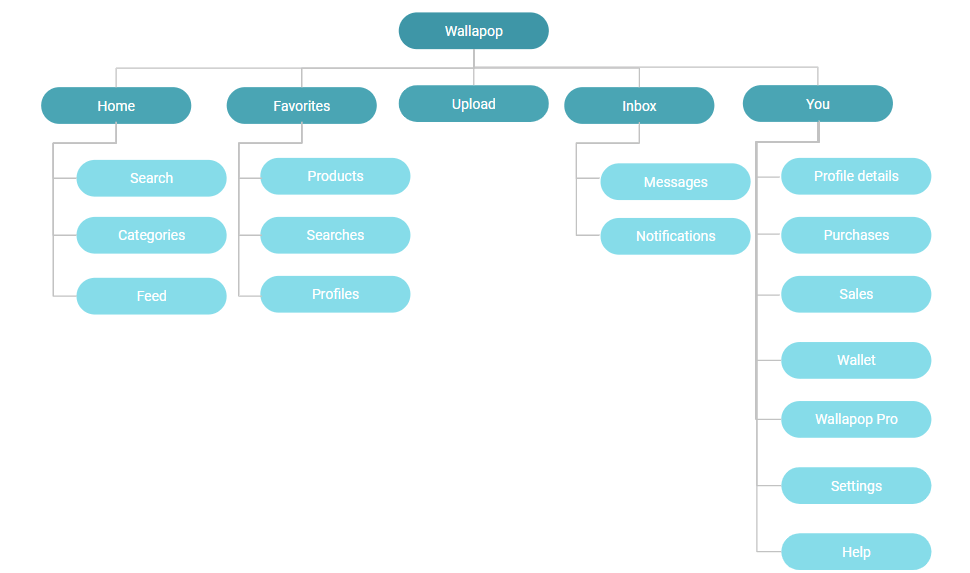In the first talk of this year’s World Product Day at ProductTank Auckland, Jeff Patton sheds light on product metrics. He says they don’t have to be confusing and frustrating, in fact they are quite simple.
When people talk about metrics, words like Revenue, ARR (Annual Recurring Revenue), and NPS come to mind, but these are “measures of business success, it is not the same as measuring product success”.
Check out World Product Day 2022: Product insights from around the globe.
South Park Underpants Gnomes Profit Plan
In this short video, South Park Underpants Gnomes Profit Plan, the Gnome explains their business model.
We learn that there are three phases in the Gnome underpants business model.
Phase 1: Collect Underpants
Phase 2: ?
Phase 3: Profits.
Likewise, Jeff models product development as:
Phase 1: You have a product idea, in the form of features, capabilities etc. With the constraints of time, cost, and scope, you build your product.
Phase 2: Launch the product and measure user behaviour. How do they see it, try it, and use it? Will they keep using it? Say good things about it? Will they pay and continue to pay for it? Is the product efficient or effective?
Phase 3: This is about your organisational goals. Is your product sustainable in terms of growth, revenue, and costs? What’s the ROI, brand awareness, and market share?
Simple Models for Mapping Adoption
We learnt that revenue is a lagging indicator in Phase 3, and this happens after enough people are using your product in Phase 2.
Jeff explains that in Phase 2, we should focus on the leading indicators, as these “let us know when things are about to go wrong”. He introduced us to some simple models that he uses to map the adoption experience, the Metrics Mountain, and the Product Journey.

Note that Metrics Mountain replaces the funnel metaphor. Jeff says that the funnel metaphor is fundamentally broken as, in reality, nothing falls out of the funnel when you shake it.
In software, users tend to drop off as we scale to new heights, hence scaling a mountain through the different stages. You have more users at the Acquisition stage, a subset of users will climb to the Activation stage, a smaller subset to the Retention stage, smaller still to the Revenue stage, and finally a few make it to the Referral stage.
Using LinkedIn for learning as an example. Jeff takes us through the measurement of a user’s journey from the start to using the product for its intended purpose, mapping out the Product Journey to the stages of the mountain.
Jeff advises us to “be mindful of where people are on their journey”. For example, people searching for a class at the Retention stage may well be people to watch out for as they may likely refer and be an advocate for your product.
Key takeaways
What are the key takeaways from this World Product Day talk?
- Understand what people use your product for
- Think through your users’ journey
- Continuously reflect on every feature you build and release
- Data is exhaust, not fuel
They’re shown in the image below.










Comments
Join the community
Sign up for free to share your thoughts